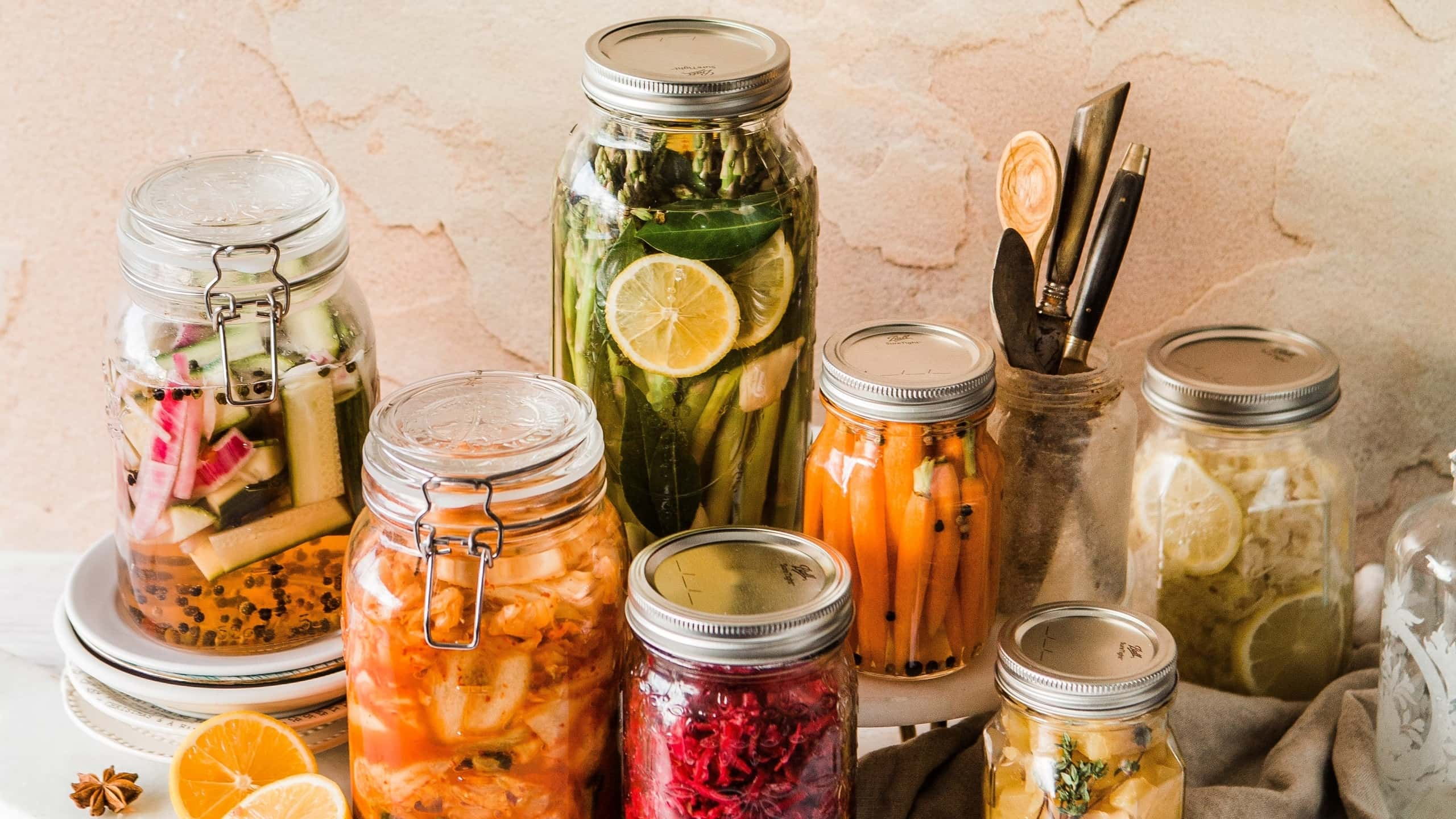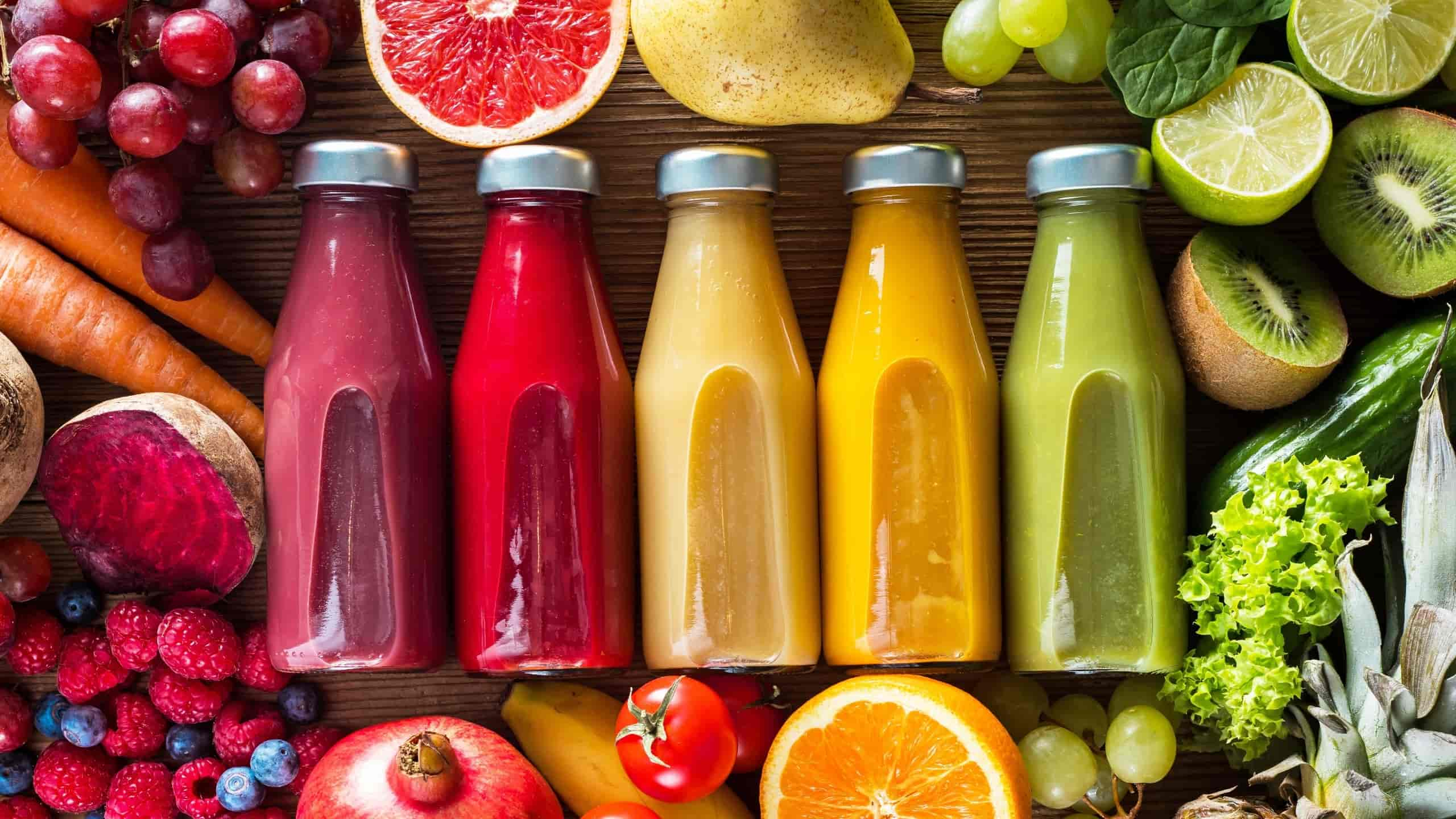Where does the carrot come from?
Native from Asia and Europe, the carrot – Daucus carota – is rich in vitamin A, a nutrient that contributes, among other functions, to a healthy immune system and skin. The root is the edible part of the plant, and there are records of carrots grown even before the 10th century. They are still one of the most widely used vegetables in cuisines worldwide.
The first ever known carrots weren’t orange in colour but rather white, yellow, or purple. The most well-liked, however, tend to be orange-coloured in diverse sizes and shapes.
Carrots turn your eyes prettier: myth or fact?
How many times as a child have you heard parents or grandparents promise that carrots would turn your eyes prettier? Safe to say, many times! They will not make your eyes prettier (sorry, Nan!), but they improve eye health.
Carrots are rich in beta-carotenes, which our bodies will convert into vitamin A. And vitamin A is fundamental for normal eyesight – so this is the origin of the famous saying.
But they are not the only ones. All vitamin A-containing vegetables, like spinach, cabbage or broccoli, contribute to the maintenance of a normal visual function.
Why is carrot good for your health?
There are many benefits provided by vitamin A. Aside from its effects on vision, it also improves the immunity system.
Another benefit of including carrots in your diet, alongside a healthy lifestyle, is weight management – an argument that will surely appeal to many. Since raw carrots have high water content and are low in calories (around 20kcal per 100g), they’re just perfect for a morning or afternoon snack.
During summer, and if you fancy sunbathing, try and have them in a juice to keep your skin tanned for longer. Beta-carotene in carrots stimulates skin pigmentation, favouring a natural tan.
But, beware: consuming excessive amounts of carrots and beta carotene-rich foods (spinach, bell peppers or tomatoes, for example) can harm your health and even make your skin get an orange hue.
Which varieties of carrots are there?
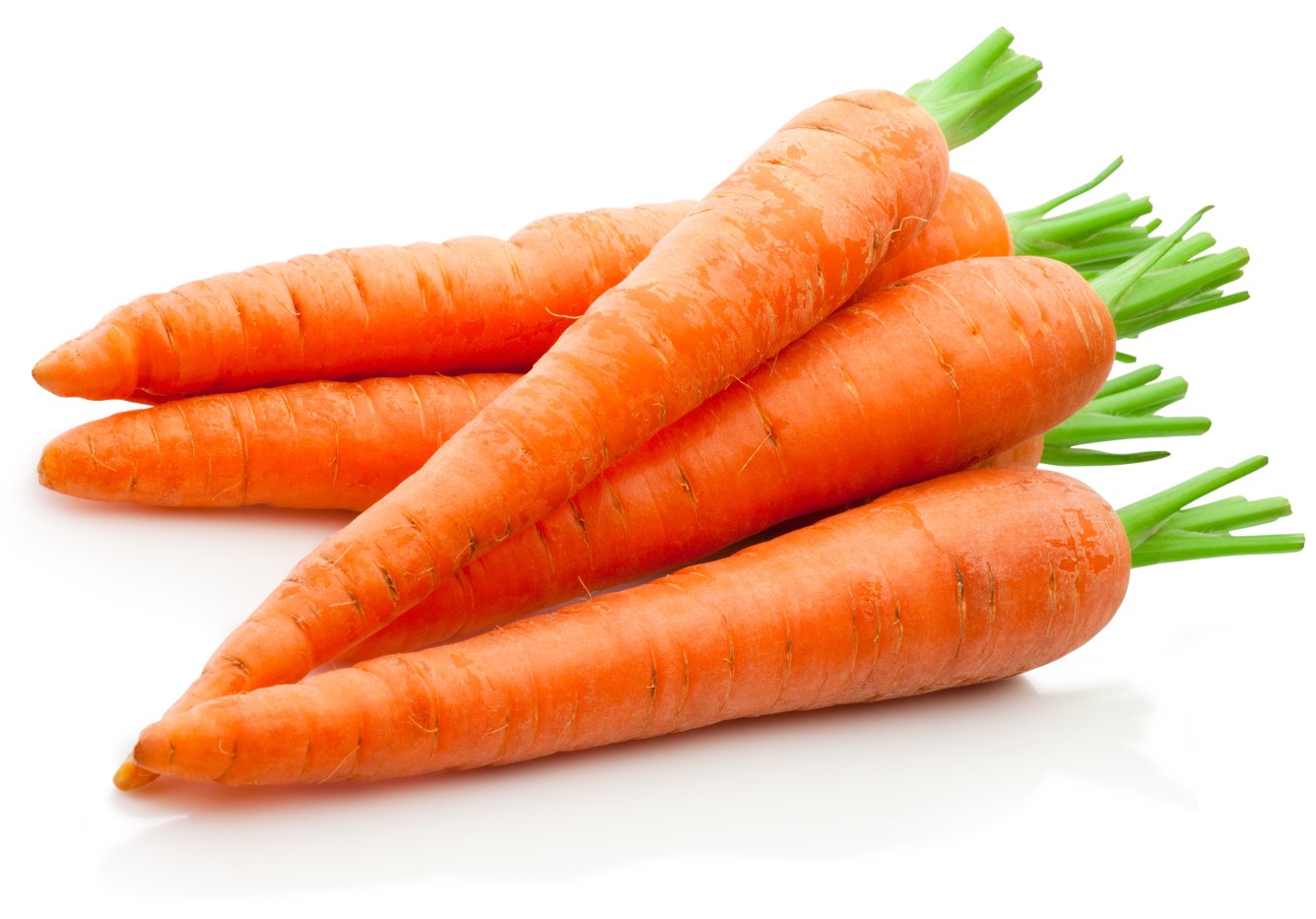
-
Imperator carrot
The most common cultivar in the market, with a glossy orange colour; it is thicker and has a less sweet flavour than other kinds.
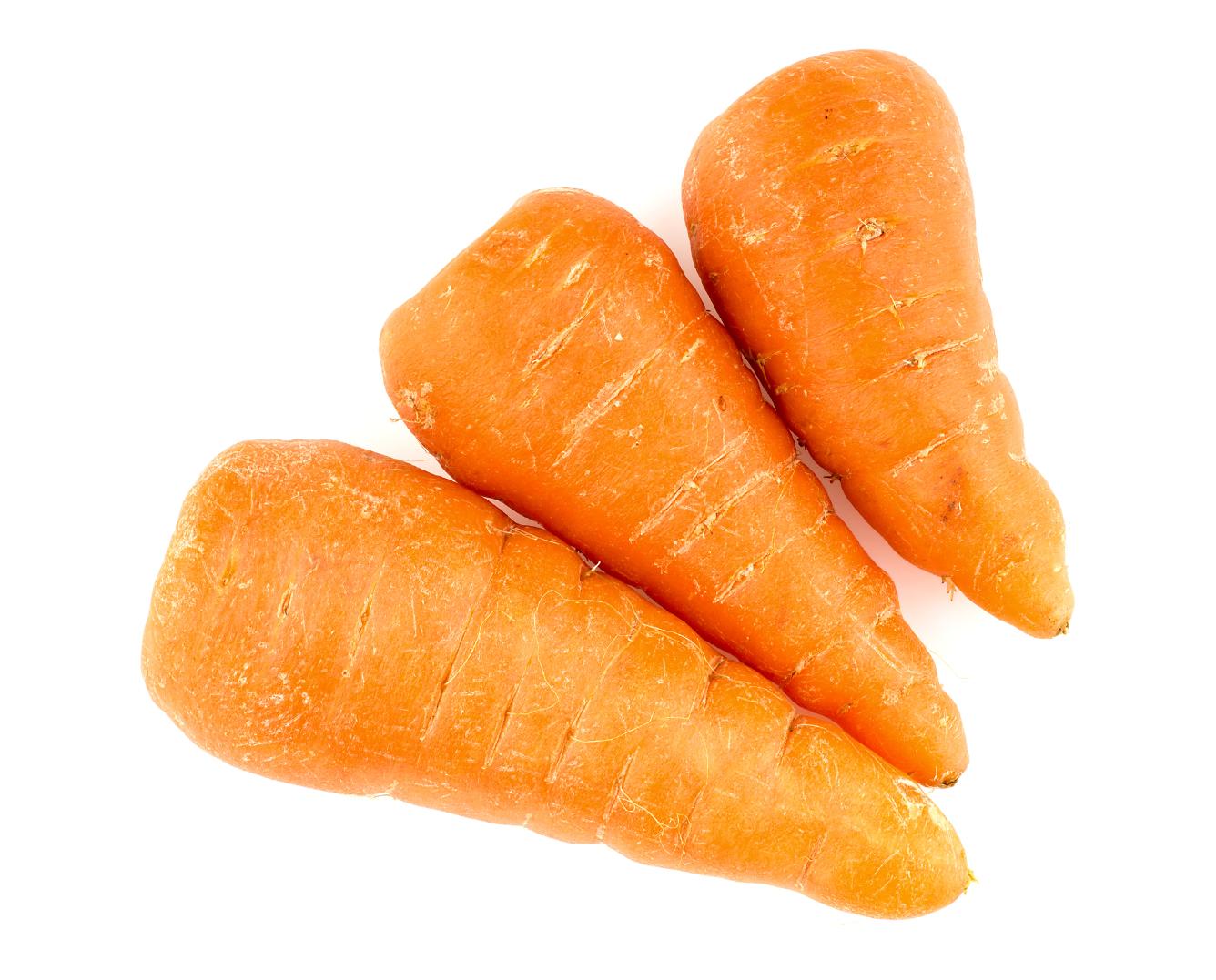
-
Chantenay carrot
Short, stout, with an orange colour, can be enjoyed raw or cooked. The flavour is slightly sweet, and the texture is crispy.

-
Danvers carrot
Original from Danvers, Massachusetts, has a dark-orange colour and an intense, rich flavour.
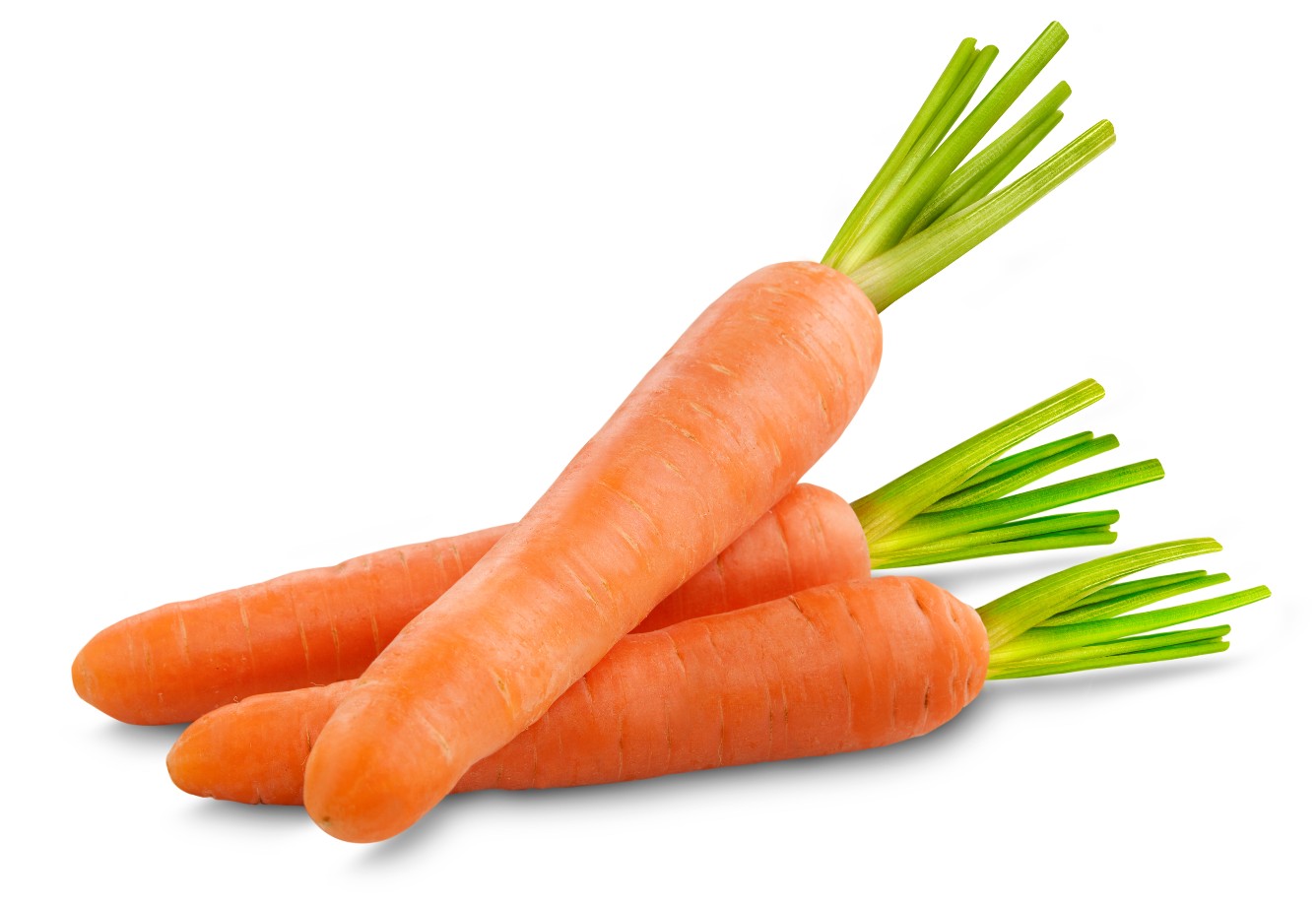
-
Nantes carrot
It is almost cylindrical, with rounded tops and tips that make it easy to tell it apart from other carrot cultivars; it is sweet in flavour and usually has a reddish colour.
Portuguese-style carrot salad
It is a popular restaurant entrée, often presented as “Algarve style carrots”. It’s a great side for meat or fish dishes.
Ingredients:
- 600 g carrots (approx. 4)
- 1 tsp salt (for boiling)
- 100 ml white wine vinegar
- 3 garlic cloves
- 1 tbsp cumin
- 1 tbsp olive oil
- Fresh parsley (to taste)
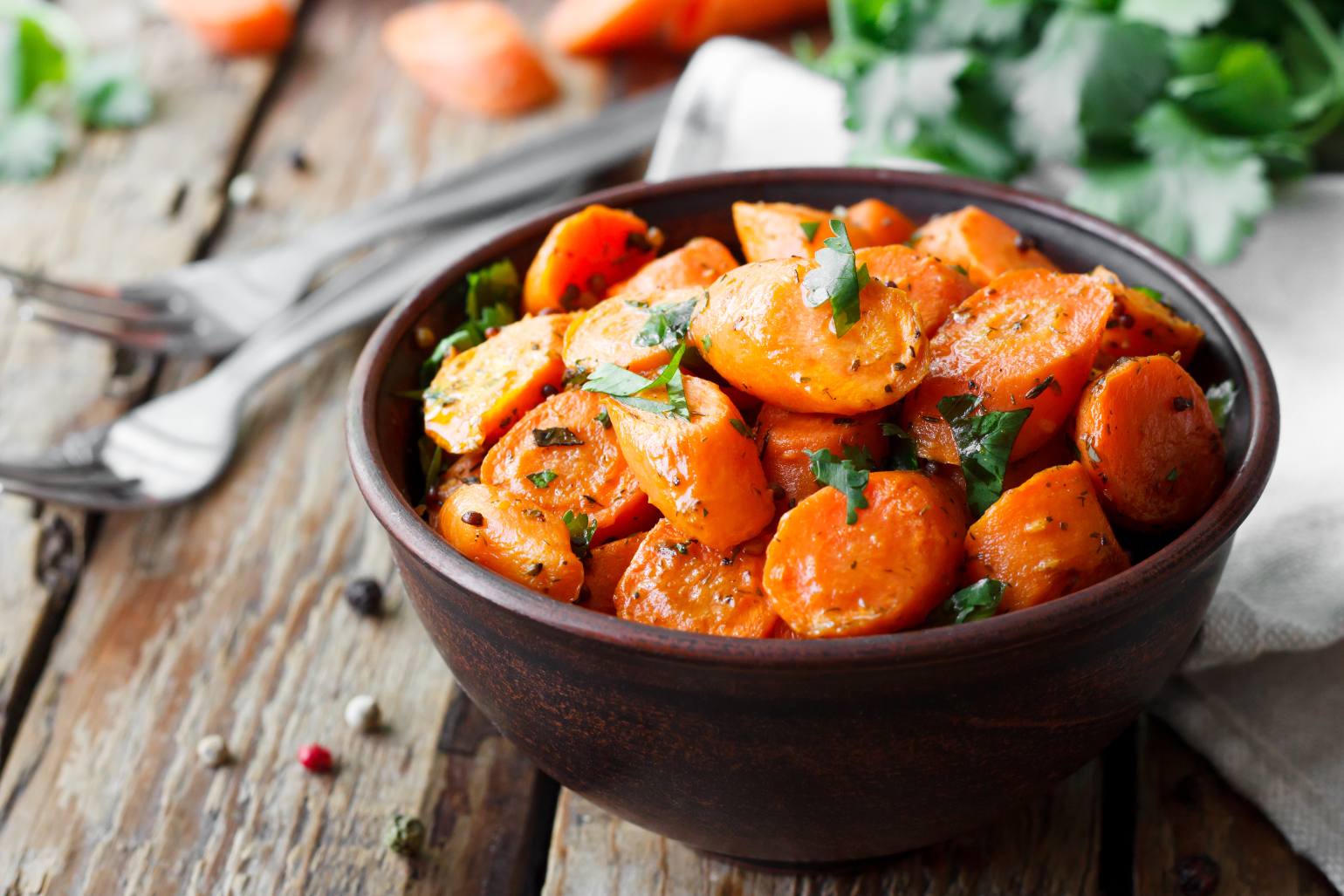
Steps:
- Peel the carrots, slice them into rounds, and cook in salted boiling water for 10 minutes.
- Drain the slices and rinse with cold water to stop cooking.
- While still lukewarm, season them with vinegar, peeled garlic, cumin, olive oil and chopped parsley.
- Combine and let the seasoned carrots rest for about 15 minutes before serving. Serve chilled.

